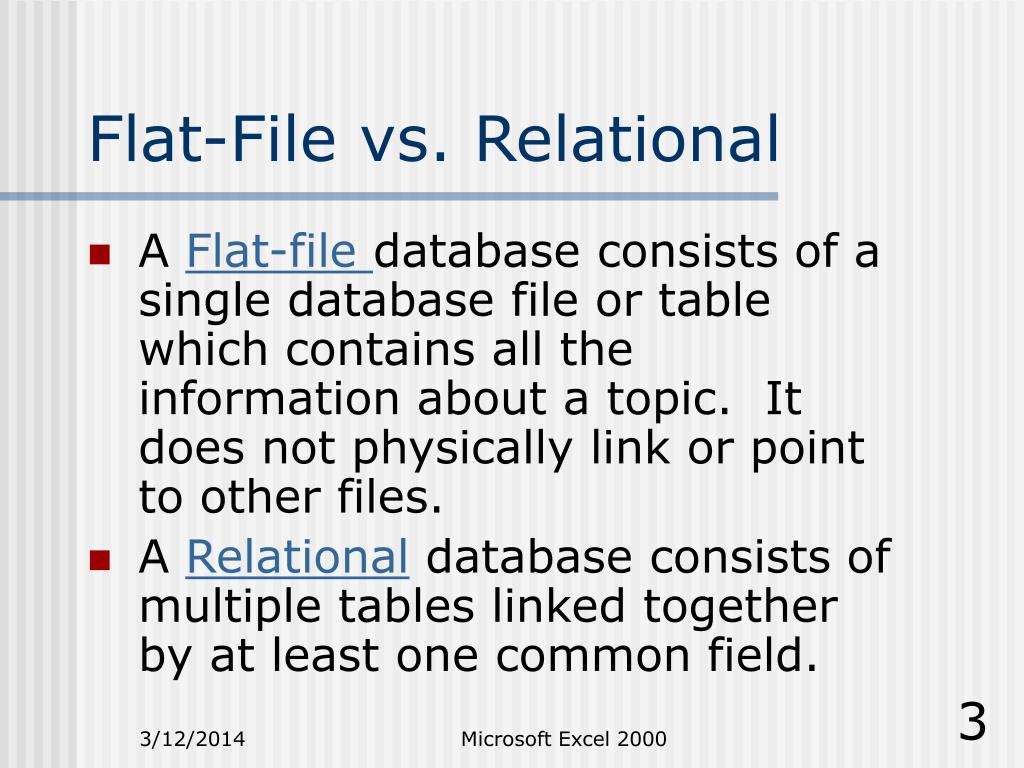
This imported flat file will be developed into a data model.Ĭlick on the ‘Get Data’ option in the ‘Home’ tab and select ‘Text/CSV’ to import a flat file into Microsoft Power BI. The first step of converting a flat file into a tabular data model is to import a flat into Microsoft Power BI. However, this blog post will only cover the dimensions Geography (Location) and Calendar (Time) with the fact table Sales for demonstration purposes. There are four-dimension tables in the data model which are Time, Location, Item and Branch along with the fact table Sales. Specifically, star schemas are optimized for processing large datasets.īelow is a simple example of a Star schema implemented for a Sales module data model: Source : It is understood that Star schemas are not fully normalized. This includes fact table/tables connected around dimension tables which forms a shape of a star. Star Schema is the most commonly used data model schema. Under such circumstances, the performance will be an issue as the amount of data increase in the sources. On the other hand, without using data models, users can use transactional(relational) databases or tables directly for data analysis and analytics.

There will be less room for performance issues in Data Analysis and Data Analytics when a data model is used. As a result tabular data models are faster in performance.ĭata models are specifically optimized for data analysis and analytics.

VertiPaq consists of state-of-the-art compression algorithms. Tabular data models are developed within a fast in-memory engine called VertiPaq based on the concepts of tables and relationships. This blog post will focus on converting flat files into tabular data models in Microsoft Power BI. In fact, most of them do not understand how useful it is to have a data model. Majority of such users do not convert these flat files into data models. A segment of Power BI users consider flat files as data sources when analyzing and visualizing data in Microsoft Power BI.


 0 kommentar(er)
0 kommentar(er)
